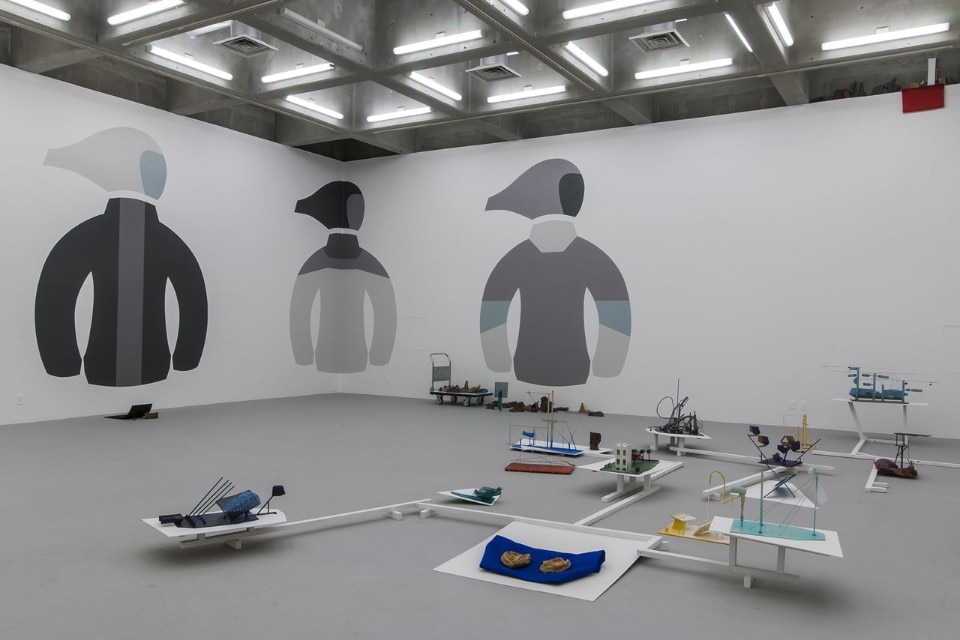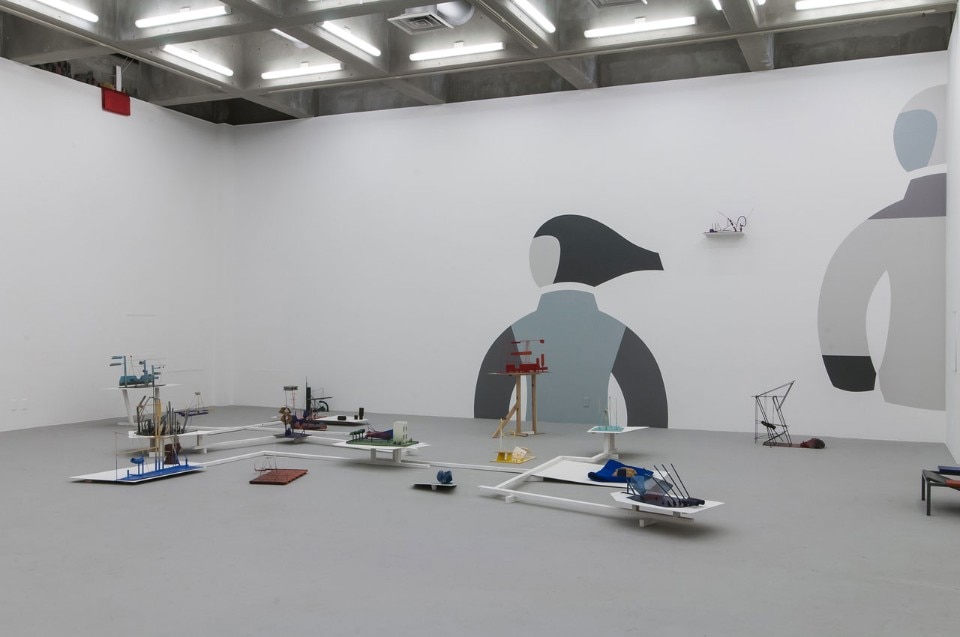
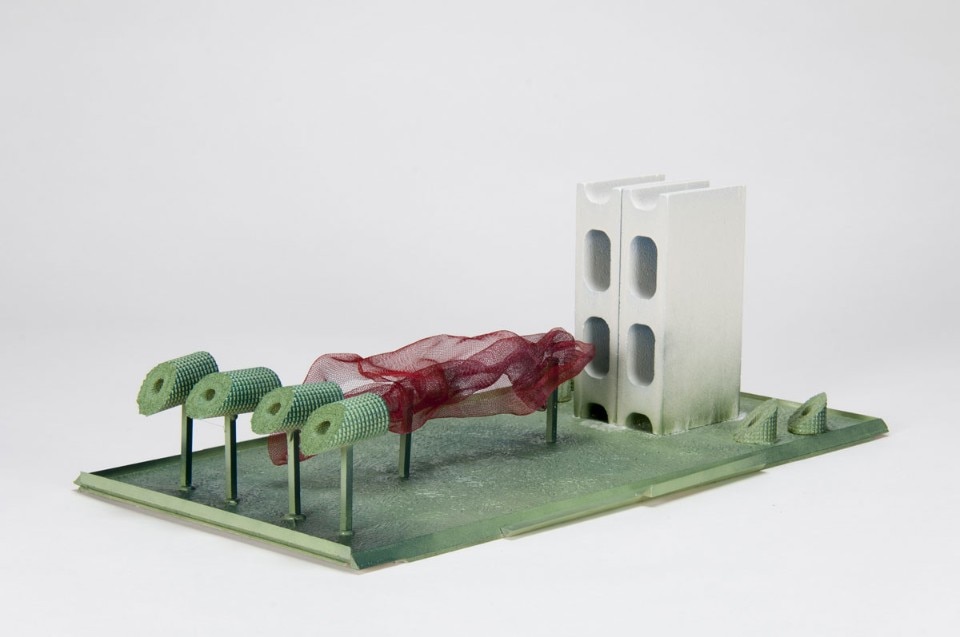
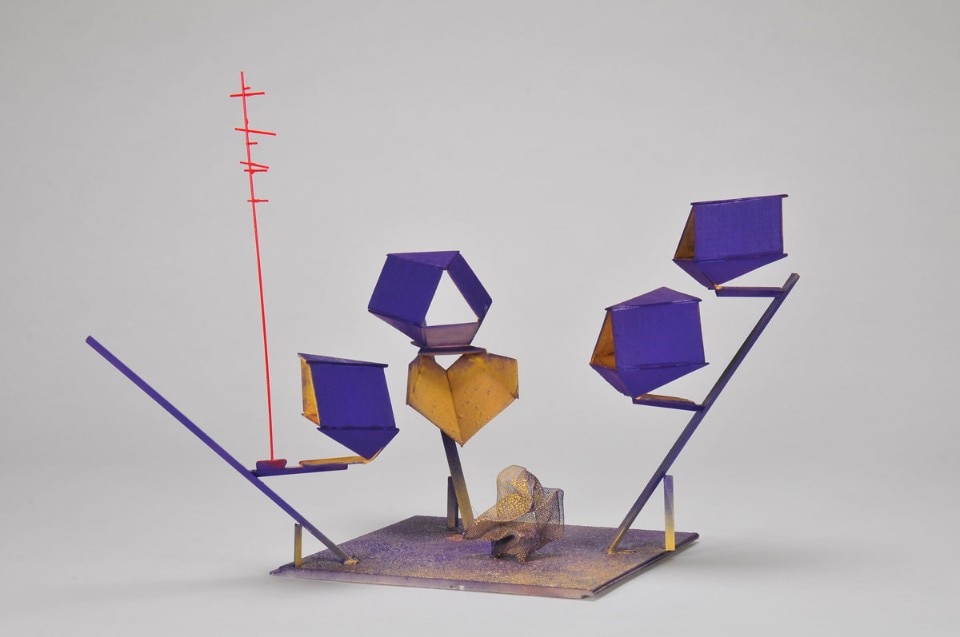
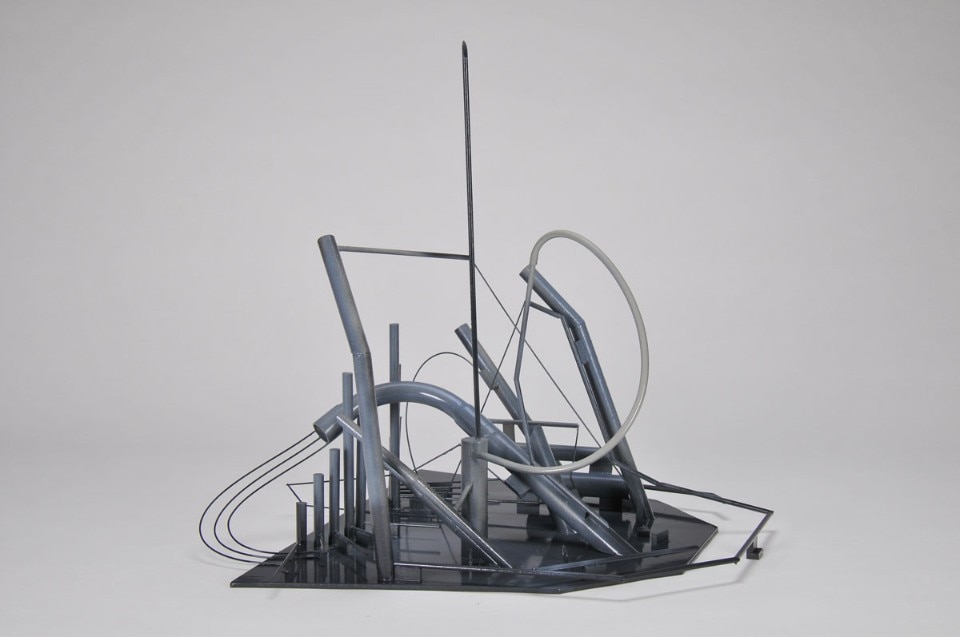
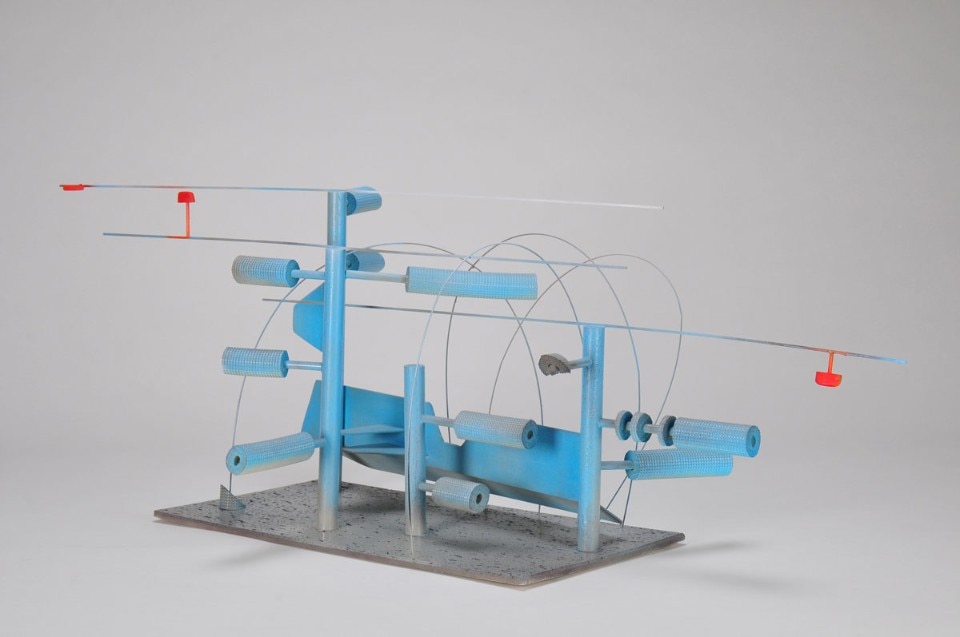
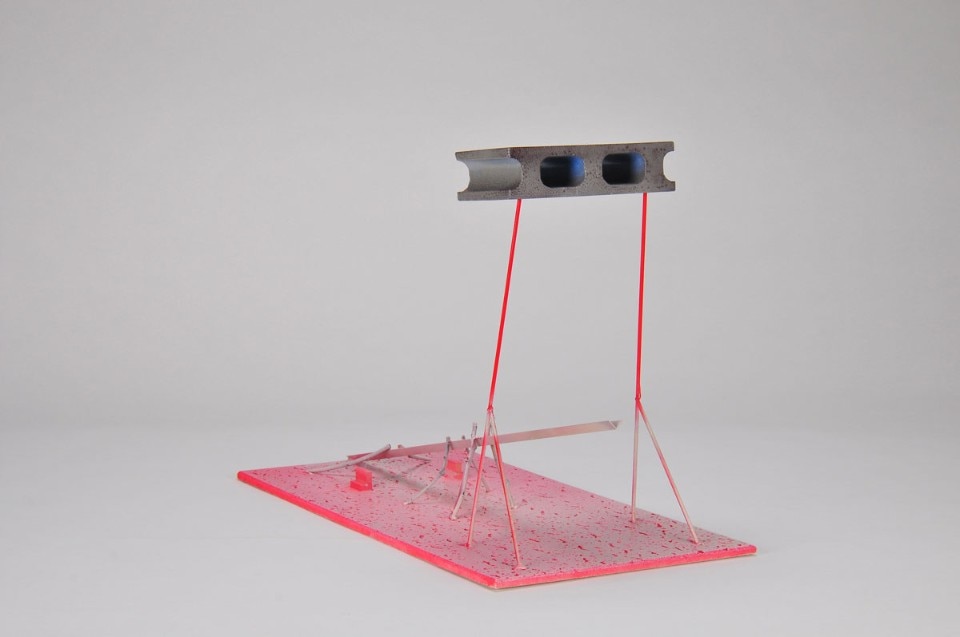
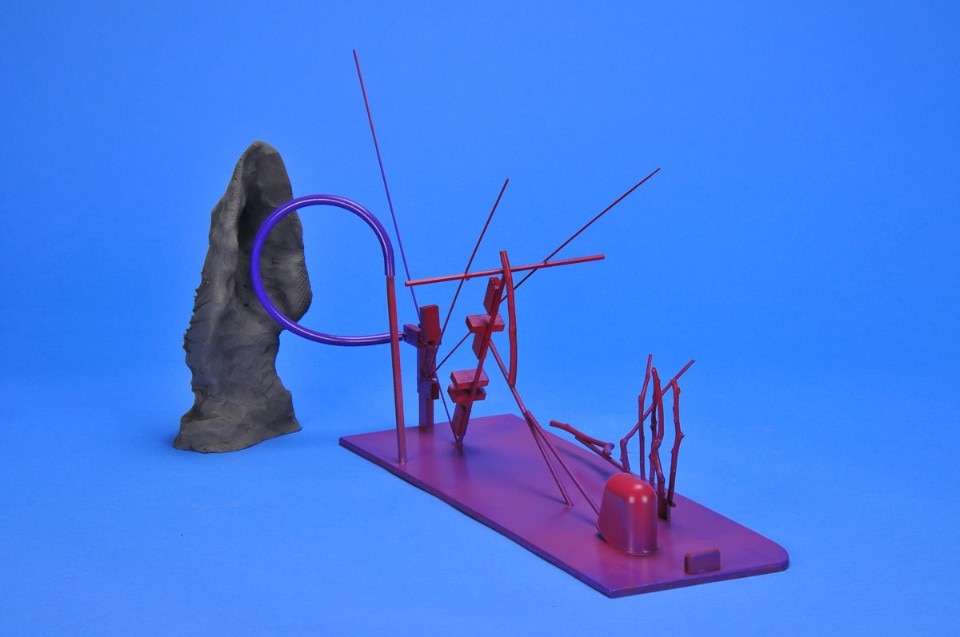
Until 27 March 2015
Emre Hüner. Floating Cabin Rider Capsule Reactor Cycle
CCA Kitakyushu Project Gallery
Notes:
1. Arata Isozaki, Erasing Architecture into the System, p. 25–47, in Re: CP Edt. by Hans Ulrich Obrist, Birkhauser Architecture, 1999.
2. p. 27, conv. between Arata Isozaki and Rem Koolhaas, Project Japan: Metabolism Talks…by Koolhass and Obrist, Edts Kayoko Ota, James Westcott, Taschen, 2011, Köln.
3. p. 27, conv. between Arata Isozaki and Rem Koolhaas, Project Japan: Metabolism Talks…by Koolhaas and Obrist, Edts Kayoko Ota, James Westcott, Taschen, 2011, Köln.
4. p. 386, Reza Negarestani, Undercover Softness: An Introduction to the Architecture and Politics of Decay, COLLAPSE VI: Geo/Philosophy (January 2010): 382 [379–430].
5. p. 46, Arata Isozaki, Erasing Architecture into the System, p. 25–47, in Re: CP , ed. by Hans Ulrich Obrist, Birkhauser Architecture, 1999.

